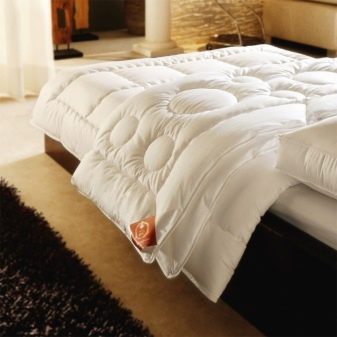Choosing the warmest blanket for winter
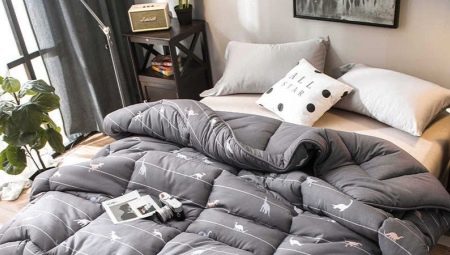
The blanket not only allows you to keep warm, but also gives you psychological comfort, a sense of security. If in the summer you can get by with a blanket, then in winter, when the air temperature drops, something more substantial and denser is required.
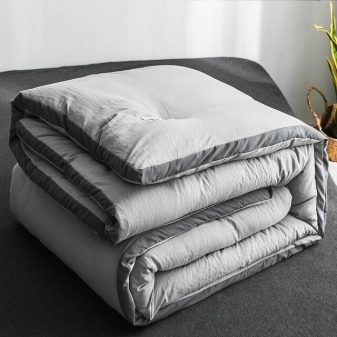

general description
The blanket is a sleeping piece, especially necessary in the winter season. If the room is cool, a warm blanket will keep you warm. Moreover, its use will make it possible to save on heating by turning up the temperature at night, if it is possible to regulate the heating. In a house with stove heating, it is usually hot in the evenings, and cold in the morning.
It is optimal if the blanket has good thermal insulation properties in order to regulate heat transfer. Therefore, a blanket should be chosen not only in terms of size and tactile sensations. The quality of heat is greatly influenced by the filler.
In addition, not every material is indicated for certain diseases.
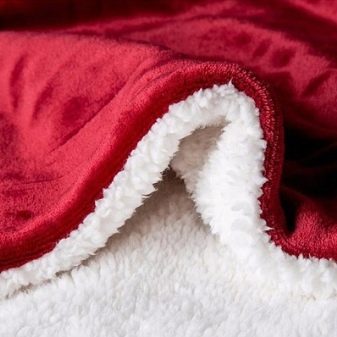
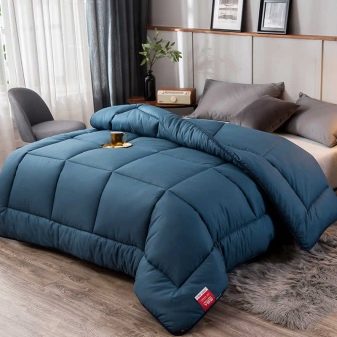
Varieties of filler
Depending on the type of filler, blankets differ in thermal insulation properties and other quality characteristics. They can be conditionally divided into 2 groups: natural and synthetic. What the blanket is made of can significantly affect the choice when buying.
How warm the blanket will be can be determined by the density of the filling. For winter and poorly heated premises, the density is over 420 g per sq. m, for the warm season, it is recommended to choose from 150 to 250 g per sq. m. Everything that falls into the gap is suitable for the off-season.
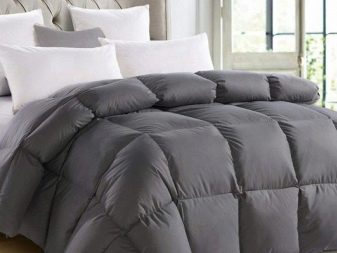
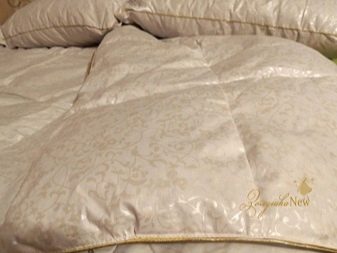
Bamboo
The fiber is made from bamboo leaves and stems. Relatively young material, because.became widespread at the end of the twentieth century. The first method is laborious, therefore expensive and unproductive. But the fibers are natural. With the chemical method, an artificial material is obtained based on natural raw materials. Pros:
- has antiseptic properties - harmful microorganisms (bacteria and mold) do not get along in it, great for those who suffer from skin diseases;
- hypoallergenic;
- perfectly absorbs sweat, while dries quickly;
- easy to wash, does not lose shape;
- does not accumulate static electricity;
- the porous structure is excellent for air permeability;
- does not accumulate dust and unpleasant odors;
- excellent thermoregulation - warm in winter, not hot in summer;
- lightweight.
The bamboo filler has a long service life. But it's hard to find it on sale. Manufacturers often classify a blanket as bamboo, even if the filler contains only 10% fiber.
When buying, you should carefully read the composition. The disadvantage is the high cost.
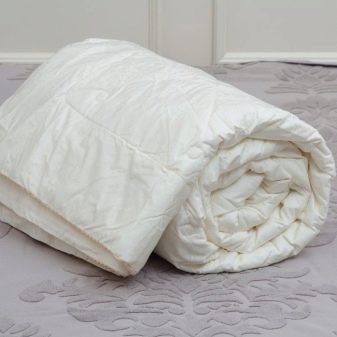
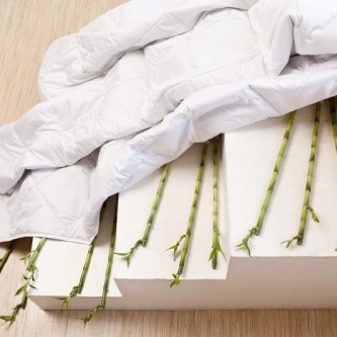
Downy
Goose or duck down is used as a filler. Goose is lighter, softer, the blanket with it turns out to be airy. Duck down is heavier, the blanket with it is more massive. Loon fluff with special therapeutic properties can also be noted. Swan down was once also used, but it is now banned in many countries for ethical reasons. The filler is quite expensive. It turns out to collect up to 30 g of down from one bird, which explains the high cost of real down blankets.
Pros:
- perfectly retains its shape, does not roll or wrinkle;
- soft and light;
- excellent air permeability
- excellent thermoregulation;
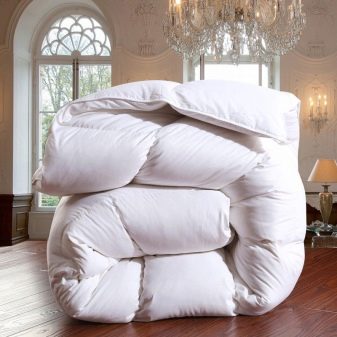
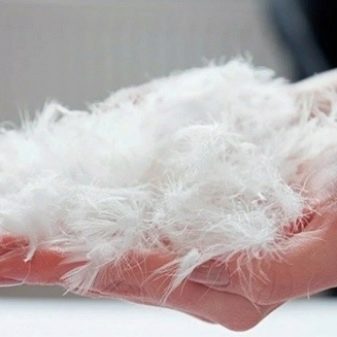
Minuses:
- accumulates moisture well, damp quickly;
- can become a breeding ground for dust mites;
- requires regular drying and beating;
- dry cleaning is preferred.
The blanket perfectly retains heat, it is comfortable to sleep under it even in summer. At the same time, it is very troublesome to care for. It is difficult to wash it yourself. It perfectly absorbs moisture, while it is poorly squeezed out, it can get lost in lumps. When using the washing machine, only the gentle mode is recommended. Therefore, it is easier to pay for dry cleaning services than to try to wash yourself, and even ruin the thing.
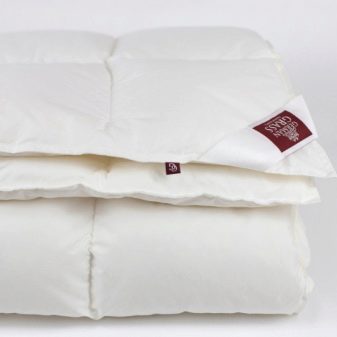
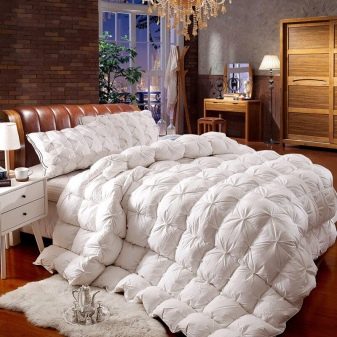
If you do not treat products made of down with care, store it carefully, shaking it periodically, then the down begins to clump. The blanket loses its aesthetic appearance, cold bridges appear due to the uneven distribution of the filler. But with proper care, it can last for more than a dozen years.
Duvets are not recommended for allergy sufferers and those with chronic respiratory problems. The material is natural and often harbors dust mites, which can cause an attack of coughing and suffocation.
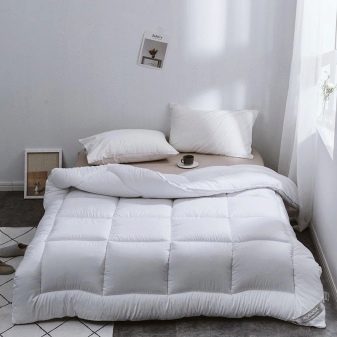
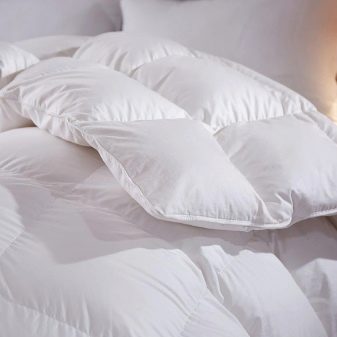
Wadded
Until a few decades ago, the cotton blanket was very popular, since the market practically could not offer alternative options. It is thick and warm, but impervious to air. The material "does not breathe", and therefore forms a greenhouse effect, causing overheating of the body.
Pros:
- perfectly absorbs moisture;
- environmentally friendly filler;
- keeps warm;
- does not cause allergies;
- affordable;
- long service life with careful use.
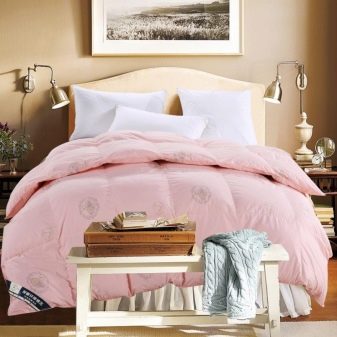
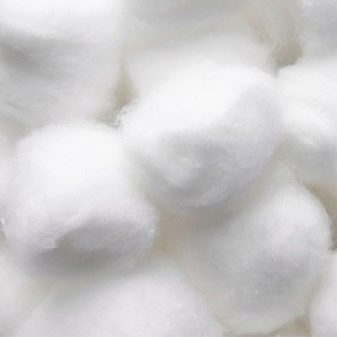
Minuses:
- can cause overheating of the body;
- heavy in weight;
- difficult to care for;
- accumulates unpleasant odors that cannot be removed;
- the filler gets into lumps.
The cotton blanket cannot be washed. Once wet, the cotton wool can become lumps that cannot be broken. Only dry cleaning is recommended for the blanket. Usually it is knocked out of dust or vacuumed. If it needs to be washed, then it is done by hand. After that, they simply hang, letting the water drain.
In no case should it be squeezed out.
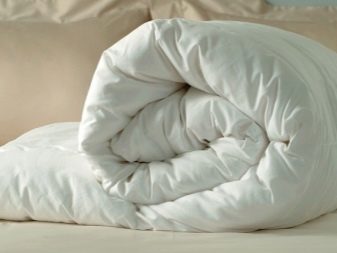
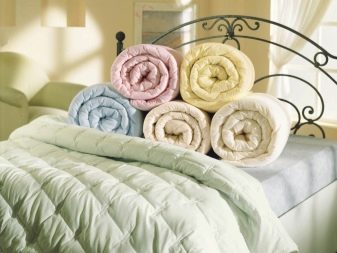
Sinteponovoe
Synthetic fiber has excellent performance characteristics, for example, it does not damp in rooms with high humidity.It is good to store synthetic winterizer blankets in country and country houses, which are not always heated in winter; it is convenient to take them outdoors in a tent.
Pros:
- does not absorb moisture;
- not afraid of mold and insects;
- does not accumulate dust, does not absorb odors;
- budgetary;
- light in weight;
- can be washed regularly;
- dries quickly;
- the filler does not clump.
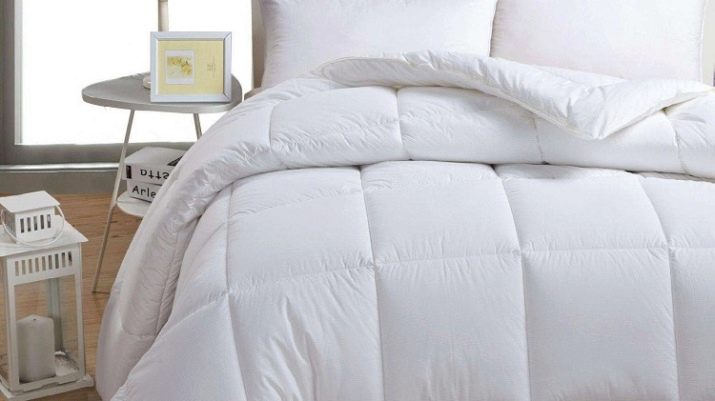
Minuses:
- artificial filler;
- low service life.
The level of warming in synthetics is significantly lower than in natural materials. Like a cotton blanket, synthetic winterizer creates the effect of a greenhouse, since it does not provide air exchange.
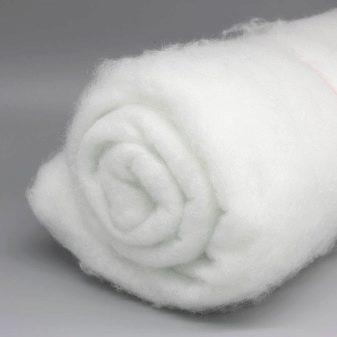
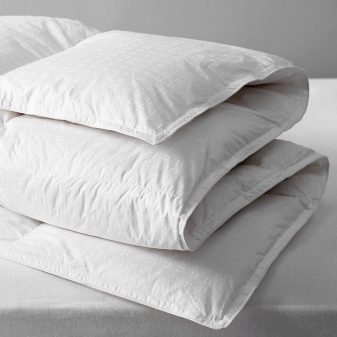
Camel
Camel's wool is the most valuable in comparison with others, for example, sheep's or llama's. Plaids and quilts stand out. The blankets are thinner but also great for winter. The thermal insulation properties of a quilt depend on the density of the filling.
Pros:
- perfectly absorb sweat, but do not accumulate it when airing;
- do not accumulate static electricity;
- natural environmentally friendly material;
- have a therapeutic effect on the sleeping person;
- does not cake;
- just in care;
- high service life.
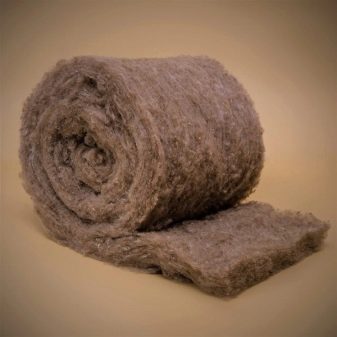
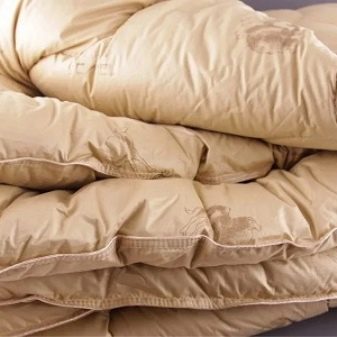
Minuses:
- allergic to wool;
- requires protection from moths;
- dust mites can start in the material;
- high cost of the product.
It is interesting to note that the camel blanket has a therapeutic effect on the sleeping person due to the lanonin content in the material. It provides comfortable conditions for sleeping, relieves nervous tension, and relaxes muscles. The blanket is useful for people suffering from rheumatism, osteochondrosis and various orthopedic diseases. It is quite difficult to find a pure camel blanket. More often, manufacturers offer products with a high content of sheep's wool. The optimal combination is 80% to 20%. Taking care of your blanket is easy. It can be washed on a delicate cycle with a mild wool detergent, but some items only require dry cleaning.
It is recommended to periodically ventilate the blanket, take it out to dry in the sun.
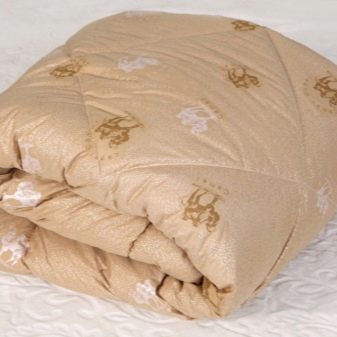
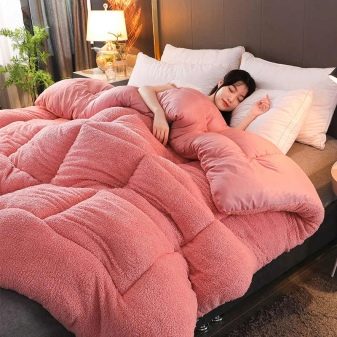
Silk
Silk blankets are soft, luxurious, keep warm well, do not accumulate moisture. Thanks to the silkworm enzyme, microorganisms do not start in them. The material is completely natural, but at the same time incredibly expensive, which is why such blankets are classified as premium.
Pros:
- does not cause allergies;
- dust mites, fungus or other pests do not start in the material;
- not electrified;
- breathable;
- pleasant tactile sensations;
- long service life.
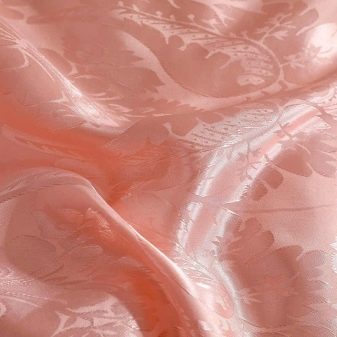
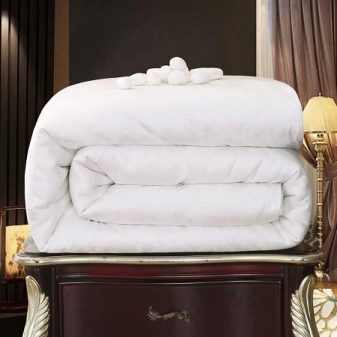
Minuses:
- heavy;
- requires delicate care;
- a quality blanket is expensive.
Silk is capricious in leaving. It can be washed, but only on a delicate cycle. It is better to store it unfolded, do not twist tightly, periodically ventilate. It is important to note that all of the listed qualities relate to natural filler. There are many products on the market made of rayon, the performance of which does not match the original.
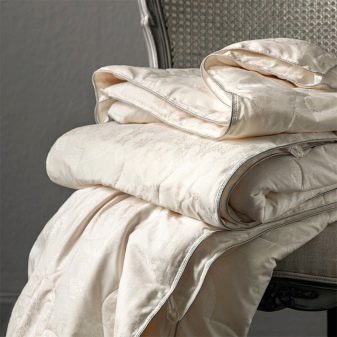
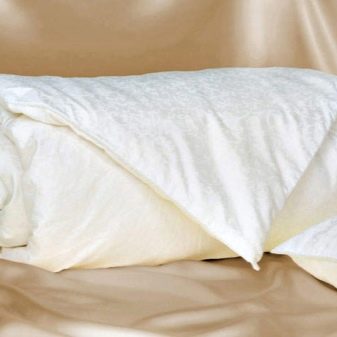
Holofiber
Holofiber is otherwise called artificial swan down, since synthetic filler is practically not inferior to natural material in its qualities. Made from polyester fiber with a hollow structure and micro-springs, but at the same time it is environmentally friendly with good fire resistance properties.
Pros:
- hypoallergenic;
- environmentally friendly;
- soft and lightweight;
- hygroscopic;
- not electrified;
- does not smolder and does not burn;
- easy to care for;
- wear-resistant;
- affordable.
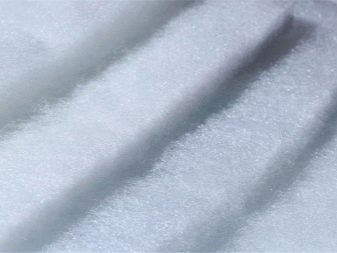
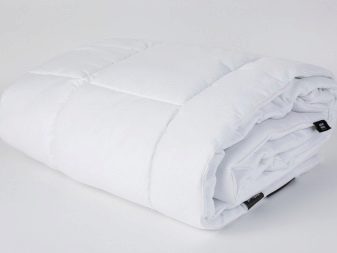
Minuses:
- artificial;
- loses its shape after frequent washings.
Great for people with dermatological and pulmonary diseases, as well as allergy sufferers, as it serves as an alternative to duvets. The holofiber blanket is easy to wash, it dries quickly and returns to its original shape. Although over time it can lose it. For each season, the blanket should be chosen according to its density, how warm it is, you can find out from the information on the label.
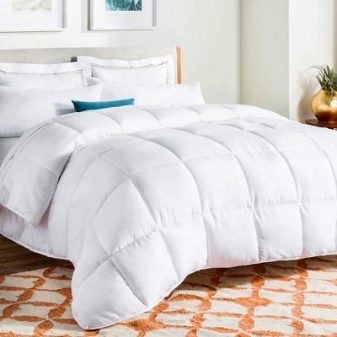
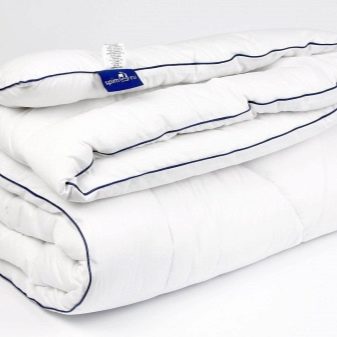
Other
All of the above materials are the most popular for blankets, but other interesting options can be found, for example, from hemp fiber. A blanket made of this material is a serious competitor to silk. Thanks to selenium and silicon, the fibers have excellent antimicrobial properties, they do not get dust mites and other microorganisms. At the same time, hemp products are easy to care for and dry quickly, but they wrinkle a lot. Or blankets made of lyocell or tencel (eucalyptus fiber). Relatively new, but just as expensive material.
Tencel perfectly holds its shape, an environmentally friendly and safe material with high performance, but requires a delicate wash. Another new hypoallergenic filler for blankets is corn fiber. It does not accumulate dirt and dust, has increased wear resistance, and quickly restores its shape after deformation. From synthetic materials, silicone can be distinguished. The blanket is incredibly light, it is similar in performance to a woolen blanket, but ticks or insects will not start in it. Non-allergenic, easy to clean.
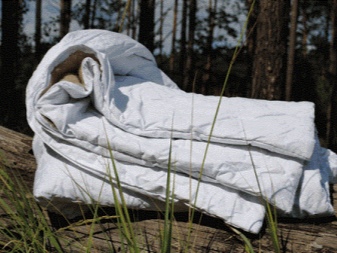
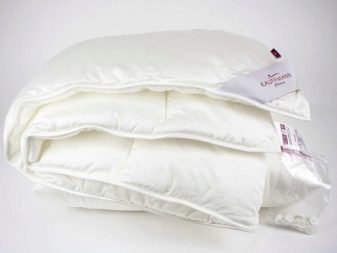
Dimensions (edit)
The size of the blanket should be such that it is comfortable to wrap up in it, but it does not hang from the bed to the floor. It is important to consider the size of the bed, the height of the person and personal preferences. For example, a double blanket is suitable for a couple. The most common sizes are 200x220, 175x205 and 195x215 cm. But if they feel hot under one blanket, one of the spouses constantly pulls the edge over themselves, then you can buy two one and a half. In this case, everyone will be able to choose the most suitable filler for him. A one-and-a-half blanket is suitable for adults and teenagers. Usually produced in the following sizes: 143x210, 155x215, 160x220 and 165x220 cm.
For children, the size ruler looks like this:
- for newborns - 90x90 or 100x100 cm;
- from 3 to 6 months - 110x140 cm;
- preschoolers - 125x150 cm;
- schoolchildren - 140x160 cm.
European models are slightly different. Usually, the European standard (200x220 cm) and the Euromaxi (220x240 and 220x260 cm) are distinguished.
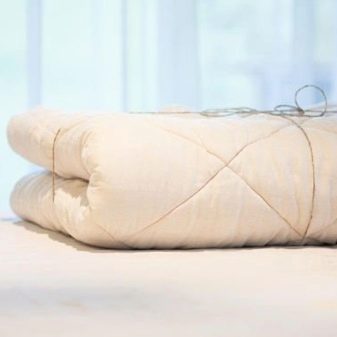

Manufacturers
The value for money is important when buying. Well-known brands try to maintain a certain level of quality, from the luxury segment to the extras, so when buying, you can focus on customer reviews. For example, the presenter Austrian brand German grass known for its luxury home textiles. The company carefully monitors quality and complies with all international standards.
Another well-known global brand - TROIS COURONNES from Switzerland. Popular in both the Western and Russian markets. All products are of high quality and have safety certificates. The company offers a wide range of hypoallergenic fillers.


Russian manufacturers are not far behind in quality:
- NATURE S - excellent quality at reasonable prices, all raw materials go through several stages of processing, but the filler often contains synthetic impurities;
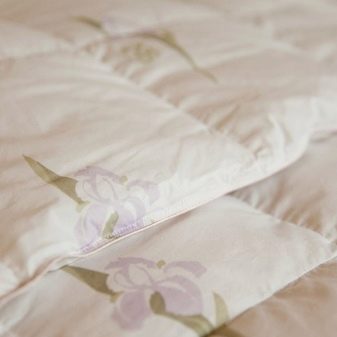
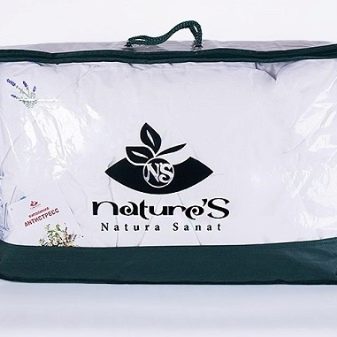
- "Couch potato" - the brand is known not only in the domestic, but also in the European market, manufacturers use only natural raw materials for fillers;

- ECOTEX Is another well-known domestic manufacturer that successfully develops the markets of the near abroad. All products are of excellent quality and affordable, but there is also a luxury segment;
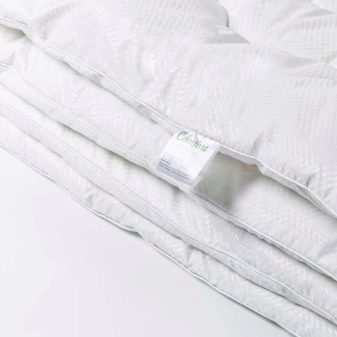
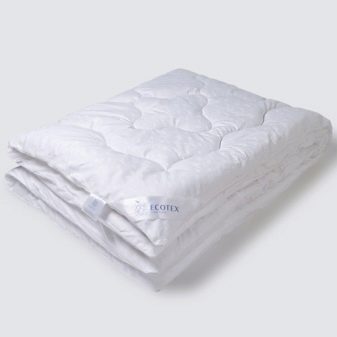
- "AlVi Tek" - a quickly recognizable brand due to a bright label, mainly products from down are on sale, which undergoes thorough heat treatment, as a result, the filler is resistant to bed insects;
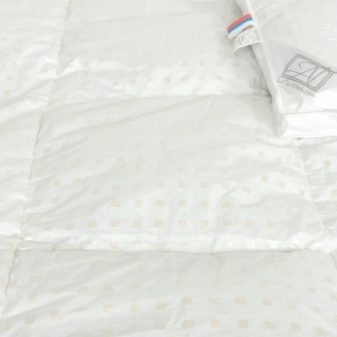
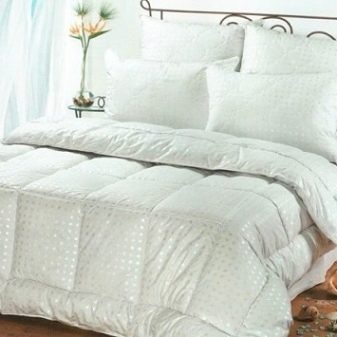
- "Donskoy Textile" - is better known for its camel blankets with the addition of sheep's wool, covers are made of teak, which is very breathable;
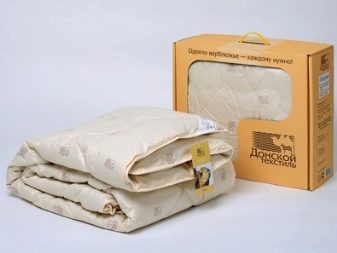
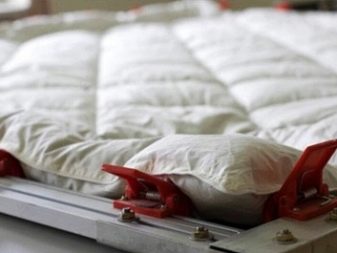
- Primavelle - one of the popular manufacturers of wool blankets, but they also produce products with artificial filling;
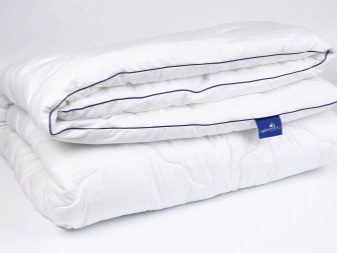

- SN-TEXTILE - actively uses new technologies in production, not only wool, but also synthetics are used as raw materials, and products are always produced in a bright original design.
Turkish enterprises can also offer low prices and good quality. For example, English Home, which produces textiles in the English style. Or the well-known brand "Chilek", the enterprise produces both light and heavy warm blankets.
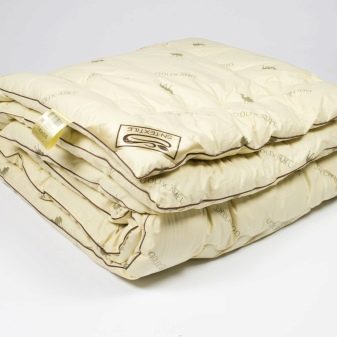
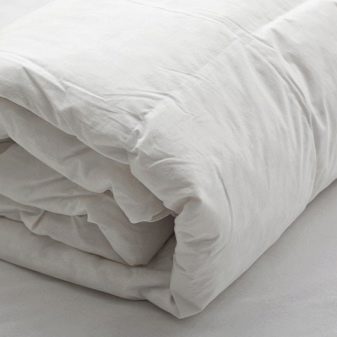
How to choose the best?
The choice of a blanket should be based on the size of the bed, personal preferences, health conditions, the degree of heating of the room and the climatic conditions of the region. There are a number of criteria that you need to rely on when buying:
- filler and cover material;
- manufacturing technology;
- quality of tailoring;
- smell;
- label.
The filler should be selected according to its thermal insulation properties and health contraindications. For example, if the room is very cold, you can choose a duvet, cotton blanket, or woolen blanket for sleeping. If it's hot, then look after a thin blanket. If you are prone to allergies or asthma, choose a lightweight, herbal-filled blanket.


The cover also matters. The material should allow air to pass through well, but at the same time be dense enough to hold the filler. Most preferred are cotton, satin, teak, calico or jacquard. The denser the filler, the softer the fabric. According to the manufacturing technology, they distinguish between quilted, cassette and karostep. The choice of stitches determines how well they will hold the filler. For example, for duvets, cassette stitching is preferable, that is, in squares, so it will less clump.
The blanket should not have an unpleasant or pungent chemical odor, especially if only natural materials are indicated on the label. It is important to read the composition carefully. To reduce the cost, cheaper or artificial components can be added to natural raw materials. The label should also indicate the country of origin, care requirements, the composition of not only the filler, but also the cover. The information on the packaging and on the embedded label must be identical.
Some models may not only be for the cold season. For example, a summer-winter model with buttons. This blanket usually has two layers and is designed for all seasons.

